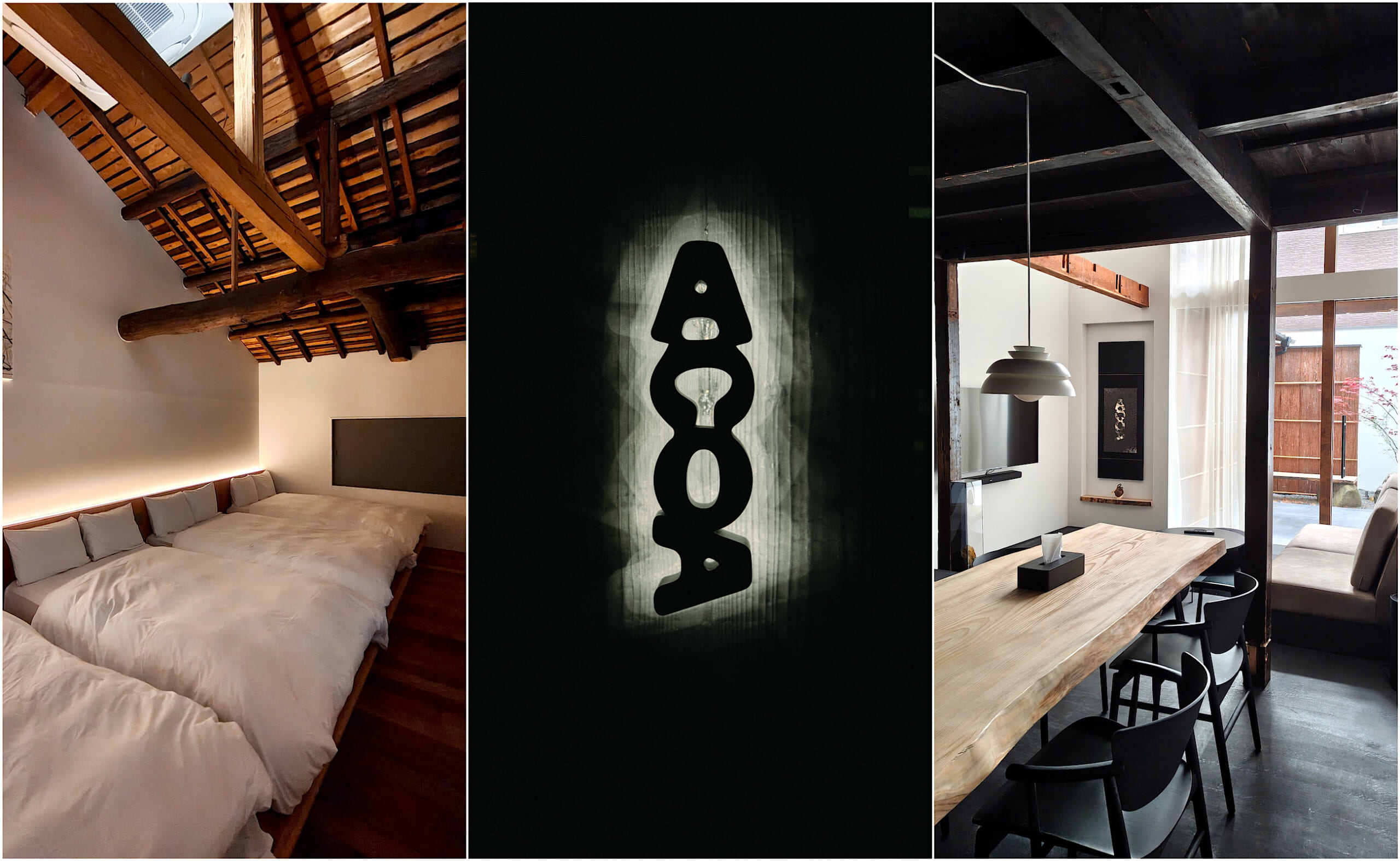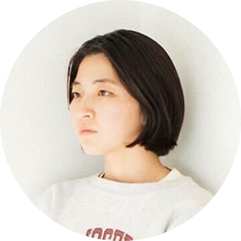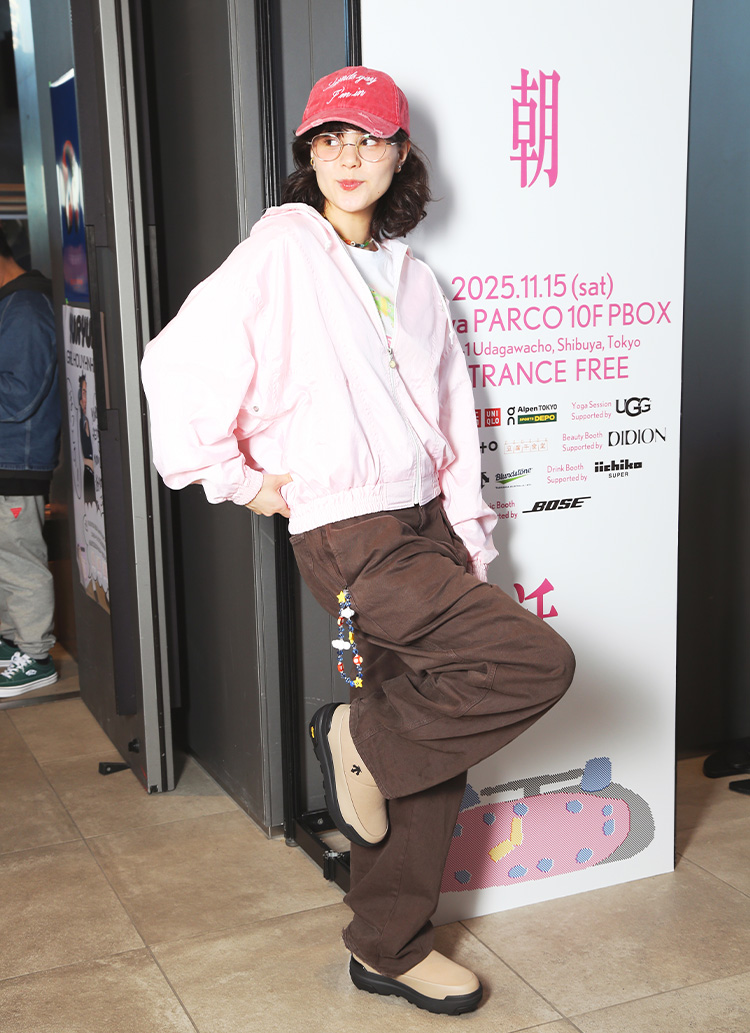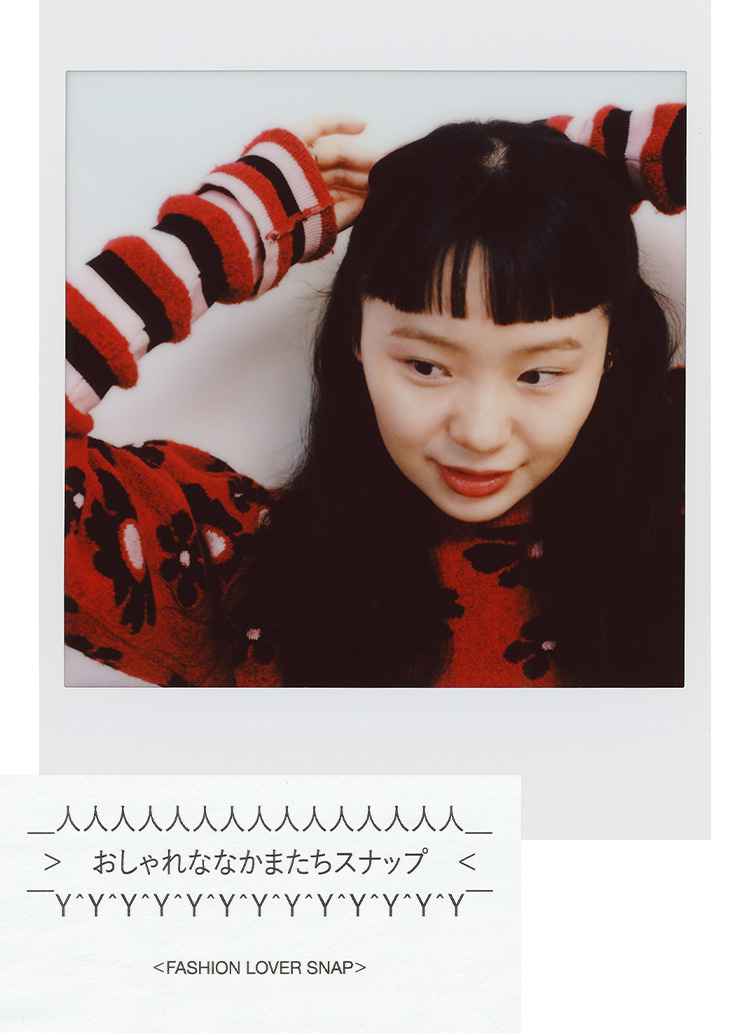Now that the travel industry is once again on the rise after Corona, there are an increasing number of different forms of travel. Among these, Huinam would like to focus on a new hospitality brand called ACOA. The following is a report on an actual stay by one of our editors on a certain day in April.
Edit_Yuri Sudo
DAY 1. relax in complete privacy.
Two and a half hours on the Shinkansen from Tokyo. We arrived at Kyoto Station, which was crowded with foreign tourists. As I shifted my gaze, I saw many faces from other countries, and many different languages were spoken. I quickly realized that this is the world's KYOTO. I found out that Kyotographie 2025 will be held a few days later, and the World Expo will start in Osaka. I felt strangely proud that two Japanese cities are attracting attention from all over the world.
A 20-minute bus ride from bustling Kyoto Station. Passing through the streets with Nishi Honganji Temple on the side, you will arrive at Nijo. You will arrive at ACOA House Nijo, a one-building rental accommodation facility where you will stay overnight.
Nijo, with its sprinkling of private stores and quiet residential neighborhoods, is famous as a comfortable place to live. Not only is the area well served by public transportation, but it is also dotted with historical tourist attractions such as Nijo Castle, the Kyoto Imperial Palace, and places associated with the Shinsengumi, attracting attention from abroad as well. The "ACOA House Nijo" was quietly established in such a town.
The building itself has a chic appearance. It is a perfect blend of the modesty typical of Japanese-style houses and modern design features of today.
The first floor of the house consists of the dining room, living room, and kitchen, while the second floor is the bedroom. The space is not the simple and temperature-less space often found in hotels, but rather a place where you feel so at ease that you want to say "I'm home" without thinking. This is no wonder, as the theme of the house is "In-ei Raisan" (meaning "in-ei risan" in Japanese).
In-ei reisan" is a phrase taken from the works of novelist Junichiro Tanizaki, which praises the fact that traditional Japanese beauty is never in harmony with Western beauty, but is made up of the beauty of light and shadow.
ACOA House Nijo" makes use of the pillars and beams of the original house while adding a touch of renovation, and yet it is exquisitely adjusted to let in natural light and to leave shadows. It is a space that can best be described as "in-ei reisan" (in praise of the beauty of shadows and the beauty of nature).
The attention to detail is also evident in the smallest of details.
The floor incorporates charcoal and is traditionally plastered. This creates a seamless beauty. The black tatami mats under the sofa are made by YOKOYAMATATAMI. It is perfect for lying down and relaxing. In addition, the washstand next to the kitchen is equipped with hand wash and hand lotion by Nonfiction, a lifestyle beauty brand from Korea.
After spending some time there, you will notice that there are art works here and there in the rooms. All of them were created in collaboration with artists active in Kyoto.
The TV is hung next to a Kyo-motogu (Kyoto tableware) shop.Inoue KougadoA contemporary alcove design using the rubbing technique by Other,Sakiki Matsumura, ,Shota Matsui, ,Ayaiku SanukiThe works of art such as the "The Paintings of the World" and the "The Paintings of the World" stand quietly in the park. It may be a good idea to take a look at them and contemplate them during your stay.
The sun is setting and it's time for an early bath. Exit through the glass door in the living room and you will find a door leading to the changing room.
When you open the door, you will see a spacious shower room, and behind the door, a cozy outdoor bath. Soaking in the wide, deep bathtub will soothe your travel-weary body. It is so luxurious that you may forget for a moment that you are in the middle of the city.
Across from the changing rooms is a private sauna room, large enough to accommodate two people, where you can adjust the temperature and enjoy unlimited waxing. Public sauna facilities may not have the settings you prefer, or they may tend to shy away from the waxing, but only here can you enjoy it to your heart's content without worrying about being seen.
There is a simple garden outside the changing rooms, shielded from view from the neighborhood, so you can take a dip in the open air when the weather permits. The experience of being in a private space is irreplaceable.
One thing to do after a hot bath is to listen to music. The living room is equipped with a record player and a number of vinyl records. These are selected by "Jazzy Sport Kyoto," a renowned Kyoto street culture outlet, and the lineup includes a variety of music from all countries and eras to enrich your relaxation time. Of course, the room is fully equipped with speakers, and the soft, weighty sound echoes through the tall, single-story house.
That evening, we went to Ebata, a yakiniku restaurant a 10-minute walk from the hotel. For various reasons, I do not have a photo of the restaurant, but I was impressed by its friendly atmosphere and fresh, high quality meat. There is a genre of yakiniku called "Kyoto yakiniku," and this restaurant belongs to it. The main features are that the meat is served with dipping sauce and that the waiter grills the meat for you when you sit at the counter. On this day, the waiter, who could not help but notice my poor grilling skills, gently grilled the meat for me.
After returning to the hotel and going to bed early, we went upstairs to find a bedroom with four double beds. This is a good option for a family staying in a regular hotel, where you might have to take two rooms, but no problem. And if you come with a group of friends, you don't have to worry about that either. The beds are made by a company called "Simmons" and are not too hard or too soft to support a good night's sleep.
DAY 2. a new travel style where you can feel the local food from your own cooking.
Morning in Kyoto. I decided to take a walk to Nijo Castle, a 15-minute walk away.
Since it was before the opening of the museum, we did not go inside, but walked around the perimeter. The cherry blossoms were in full bloom, and we were able to see the rare combination of the castle walls and cherry blossoms.
Then we went shopping for breakfast. There are many supermarkets, convenience stores, and bakeries in town scattered around the hotel, so it is not difficult to procure ingredients.
Purchased items: Eggs from Kyoto Red Chicken, Awajishima milk, butter, pleated lettuce from Kyoto, mini tomatoes from Miyazaki, sausage, sweet potato soup, drip coffee from Kyoto Ogawa Coffee, dressing, syrup
Here are the ingredients we procured. One of the best parts of traveling is being able to eat local food, and since ACOA House Nijo is fully equipped with a kitchen, it is nice to be able to cook and eat by yourself instead of just having ready-made food.
The staple food was bread from coneruya, a 5-minute walk from the hotel. Even though it was 8:00 in the morning, there were always customers in the store. I bought three kinds of bread: salted butter bread, basil lotus root pizza, and raisin bread.
The modern kitchen is designed by artist Hatano Wataru, using Japanese paper to wrap the entire space. The kitchen is spacious and inviting for cooking.
Incidentally, cooking utensils, a microwave oven, and plates for serving are also provided. As long as you have the ingredients, you can start cooking right away.
Here is the finished product. The menu includes vegetable salad, grilled sausage, scrambled eggs, soup, bread, and drip coffee. Thanks to the kitchen, I couldn't believe I had made this breakfast while I was on vacation.
You can eat local food bought at local stores while it is still fresh. Rather than a trip, the ACOA House Nijo is an experience that is more akin to a quasi-residence.
After staying at ACOA House Nijo for two days and one night, I had an unprecedented lodging experience. It is not a hotel as a place to sleep, but a place to enjoy the rest of your trip and a place to talk with family and friends.
In the information society, many of us are always in a digital environment. We hope that your stay at ACOA House Nijo will be an opportunity for you to step away from your smartphones and PCs and enjoy a trip that is at once ordinary and extraordinary.
*All photos in this article were taken with the Phone (3a) from Nothing










